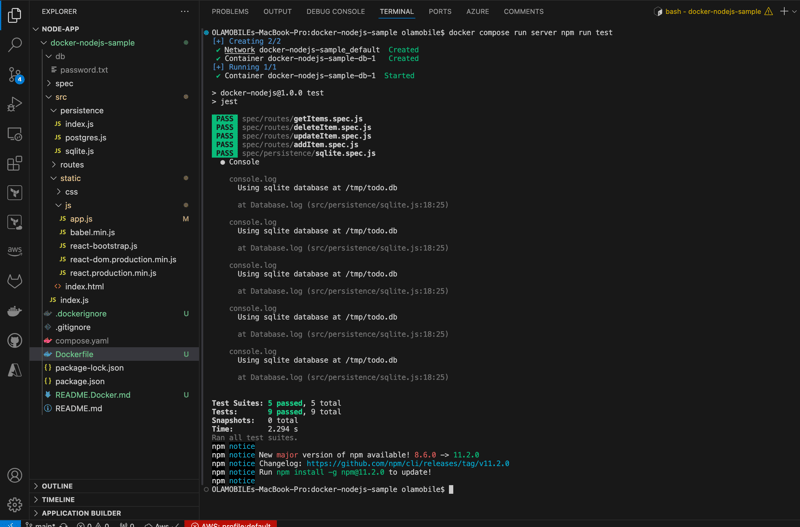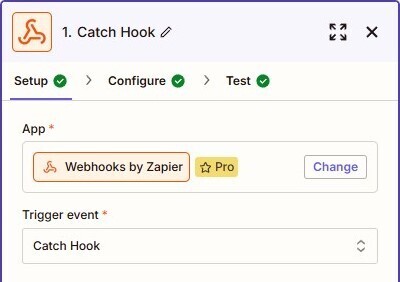React Native vs Ionic: Mobile App Framework Comparison in 2025
Recently, we published a blog about top JavaScript Frameworks. While writing, we realized how each framework comes with its own baggage of qualities and flaws. JavaScript has always been one of the most popular programming languages in the mobile app development world. In a survey, the data revealed that the top-ranking programming language is JavaScript. So, with so much popularity among developers, it’s obvious that there are going to be a ton of resources and tools to utilize the best of the language. And among these plentiful resources, there are frameworks. They pre-built sets of tools, libraries, and best practices that provide a structured way to build software applications. They help developers by handling common functionalities so they don’t have to write everything from scratch. With these many JavaScript frameworks out there, today we are going to compare two of them. React Native vs Ionic. Both mobile app frameworks are widely used for so many different apps. They both are rich in features and functionality, and are likely to have many similarities. However, they are different on many levels and can be used for different purposes. Both frameworks allow developers to create apps for iOS and Android using a single codebase, but they take different approaches. In this blog, we’ll take a deep dive into React Native vs Ionic, comparing their advantages, disadvantages, and key differences. By the end, you’ll have a clear idea of which framework best suits your app development needs. What is React Native? If you search “react native” on Google, you can see that on their title tag, they have written “Learn Once, Write Everywhere.” Which is exactly what react native allows you to do. You can, in a sense, write its code everywhere. React Native was developed by Facebook (now Meta) and officially released in 2015. It originated as an internal project to address the challenges of maintaining separate codebases for iOS and Android apps. Facebook first used React Native in its Facebook Ads Manager app, proving its capability as a reliable mobile app framework. Since then, it has gained widespread adoption, and big apps like Instagram, Discord, Tesla, and Bloomberg have all been made with React Native. It also become one of the most popular choices for cross-platform mobile development. How React Native Works React Native is a JavaScript framework. With React Native, developers can build mobile apps using JavaScript and React. There is a lot of confusion among developers between React and React Native. React is a popular UI library. It possesses some great UI components to help you build your app. Unlike traditional hybrid frameworks that rely on web views, React Native uses native components, making apps look and perform like those built with native technologies. It follows a “learn once, write anywhere” approach, meaning developers can use a single codebase for both iOS and Android while still achieving a native-like experience. The framework translates JavaScript code into native elements, ensuring smooth interactions and improved performance compared to web-based solutions. Basically, you create a cross-platform app with a native feel. Also Read: Native vs. Cross-Platform: Choosing the Right Mobile App Development Approach Key Features of React Native: Cross-platform development – Write code once and run it on both iOS and Android. Native-like performance – Uses real native components instead of web-based elements. Hot reloading – Instantly see code changes without restarting the app. Large developer community – Backed by Meta and widely adopted across the industry. Advantages of React Native React Native app development has gained massive popularity due to its ability to combine the best of native and cross-platform development. Here are some key advantages that make it a preferred mobile app framework for many developers and businesses: 1. Cross-Platform Development The main identifier of React Native is this feature. The two most popular operating systems in the mobile app development world are iOS and Android. Both demand their own unique codes for apps to run. Which means two times of writing code. But React Native cuts that double effort in half and allows you to create an app for both Android and iOS with a single codebase. 2. Near Native Performance Since every device offers a unique user experience, apps can vary depending on the operating system. To achieve a truly native feel, developers would typically need to write separate codebases for each platform, significantly increasing development time and effort. That is why React Native is the top pick when it comes to cross-platform app development. 3. Hot Reloading Have you ever encountered that when you added some new feature to your app, and now you have to completely restart the app to check how it feels and looks? This minor thing has been a nightmare for developers. To end it, developers have embraced Rea
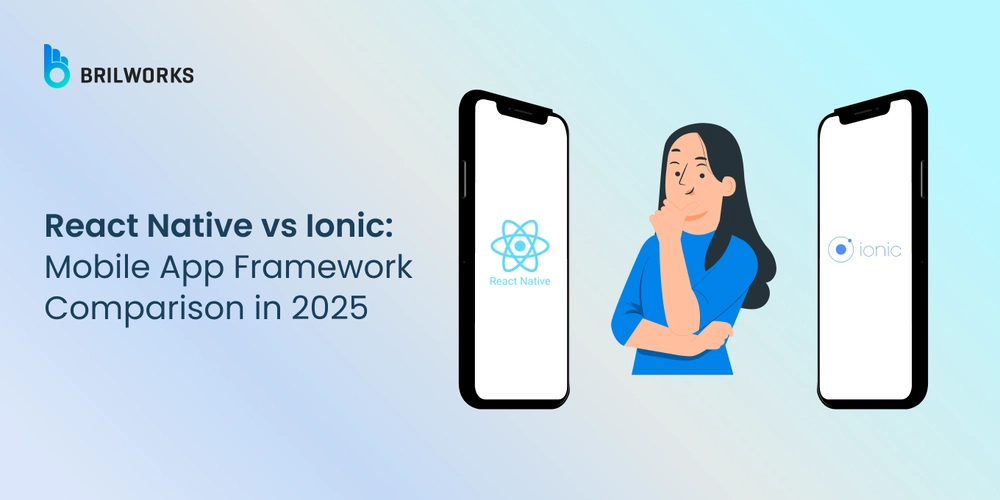
Recently, we published a blog about top JavaScript Frameworks. While writing, we realized how each framework comes with its own baggage of qualities and flaws. JavaScript has always been one of the most popular programming languages in the mobile app development world.
In a survey, the data revealed that the top-ranking programming language is JavaScript. So, with so much popularity among developers, it’s obvious that there are going to be a ton of resources and tools to utilize the best of the language. And among these plentiful resources, there are frameworks. They pre-built sets of tools, libraries, and best practices that provide a structured way to build software applications. They help developers by handling common functionalities so they don’t have to write everything from scratch.
With these many JavaScript frameworks out there, today we are going to compare two of them. React Native vs Ionic. Both mobile app frameworks are widely used for so many different apps. They both are rich in features and functionality, and are likely to have many similarities. However, they are different on many levels and can be used for different purposes.
Both frameworks allow developers to create apps for iOS and Android using a single codebase, but they take different approaches. In this blog, we’ll take a deep dive into React Native vs Ionic, comparing their advantages, disadvantages, and key differences. By the end, you’ll have a clear idea of which framework best suits your app development needs.
What is React Native?
If you search “react native” on Google, you can see that on their title tag, they have written “Learn Once, Write Everywhere.” Which is exactly what react native allows you to do. You can, in a sense, write its code everywhere. React Native was developed by Facebook (now Meta) and officially released in 2015. It originated as an internal project to address the challenges of maintaining separate codebases for iOS and Android apps.
Facebook first used React Native in its Facebook Ads Manager app, proving its capability as a reliable mobile app framework. Since then, it has gained widespread adoption, and big apps like Instagram, Discord, Tesla, and Bloomberg have all been made with React Native. It also become one of the most popular choices for cross-platform mobile development.
How React Native Works
React Native is a JavaScript framework. With React Native, developers can build mobile apps using JavaScript and React. There is a lot of confusion among developers between React and React Native. React is a popular UI library. It possesses some great UI components to help you build your app. Unlike traditional hybrid frameworks that rely on web views, React Native uses native components, making apps look and perform like those built with native technologies.
It follows a “learn once, write anywhere” approach, meaning developers can use a single codebase for both iOS and Android while still achieving a native-like experience. The framework translates JavaScript code into native elements, ensuring smooth interactions and improved performance compared to web-based solutions. Basically, you create a cross-platform app with a native feel.
Also Read: Native vs. Cross-Platform: Choosing the Right Mobile App Development Approach
Key Features of React Native:
- Cross-platform development – Write code once and run it on both iOS and Android.
- Native-like performance – Uses real native components instead of web-based elements.
- Hot reloading – Instantly see code changes without restarting the app.
- Large developer community – Backed by Meta and widely adopted across the industry.
Advantages of React Native
React Native app development has gained massive popularity due to its ability to combine the best of native and cross-platform development. Here are some key advantages that make it a preferred mobile app framework for many developers and businesses:
1. Cross-Platform Development
The main identifier of React Native is this feature. The two most popular operating systems in the mobile app development world are iOS and Android. Both demand their own unique codes for apps to run. Which means two times of writing code. But React Native cuts that double effort in half and allows you to create an app for both Android and iOS with a single codebase.
2. Near Native Performance
Since every device offers a unique user experience, apps can vary depending on the operating system. To achieve a truly native feel, developers would typically need to write separate codebases for each platform, significantly increasing development time and effort. That is why React Native is the top pick when it comes to cross-platform app development.
3. Hot Reloading
Have you ever encountered that when you added some new feature to your app, and now you have to completely restart the app to check how it feels and looks? This minor thing has been a nightmare for developers. To end it, developers have embraced React Native, which allows hot reloading. It means that developers can now see code changes in real time without restarting the app. Small change, huge impact.
4. Large Developer Community
Being open source and backed by Meta is a huge advantage. There’s always something to add or update or some error that you might think only you got. But the truth is out there: someone has already found the problem and solution as well. Around the globe, coders contribute to the community with tricks, tips, tools, and resources. So, the solution to your problem is just a Reddit away.
5. Code Reusability with React
Since React Native is based on React, developers familiar with React.js can easily transition into mobile development. This reusability also extends to sharing logic between web and mobile applications, further reducing development effort.
6. Financially viable
A single codebase for multiple operating systems means fewer development resources and lower costs. As a business owner or team leader, budget considerations are always a priority. Balancing efficiency and cost-effectiveness is key, and assigning two separate teams for different OS platforms can be a tough decision. However, with cross platform development with a single codebase, React Native can help you cut down on development costs.
7. Third-Party Plugin Support
React Native has libraries for, well for everything. It supports an ample number of third party plugins, which can help developers integrate additional features without building them from scratch. Whether it’s maps, analytics, or payment gateways, developers can easily integrate these functionalities.
Disadvantages of React Native
React Native is a formidable mobile app framework, but it’s not without drawbacks. Here are some challenges developers and businesses should consider:
1. Performance Limitations
While React Native provides near-native performance, it still falls short compared to fully native applications. Apps that require complex animations, high processing power, or heavy graphical elements may experience slight performance lags. For performance-critical applications, going fully native might be the better option.
2. Large App Size
One of the biggest challenges with React Native is app size. React Native apps are often larger than their native counterparts because they need additional libraries and dependencies to function. This can be a drawback for users with limited storage space or slower networks.
3. Native Code Dependency
Despite being a cross-platform framework, React Native still requires native code for certain features. Developers may need to write separate Swift or Kotlin code for platform-specific functionalities. This can slightly reduce the time-saving benefits of using a shared codebase.
4. Debugging Challenges
React Native uses a bridge between JavaScript and native components, which can make debugging more complex than traditional native development. Sometimes, errors originate from the framework itself, requiring extra effort to trace and resolve issues.
What is Ionic?
Released in 2013 by Drifty Co., Ionic quickly gained traction as a mobile app framework designed for hybrid app development. Initially, Ionic was built on AngularJS and relied on Apache Cordova to access native device features. However, over time, the framework evolved to support React, Vue, and Vanilla JavaScript while replacing Cordova with Capacitor, a modern toolset for accessing native device functionalities.
Before, Ionic had the tagline “One Codebase, Any Platform,” and currently, in 2025, they have changed it to “The Cross-Platform App Development Leader.” This might leave you wondering, after placing so much emphasis on cross-platform development with React Native, how does Ionic fit into this tagline? Allow me to clear the fog for you. Both React Native and Ionic are part of the React ecosystem, two major ways to build cross-platform apps. Which one to choose depends on you and your requirements. However, this article can help you in the process of making the decision of which one to choose.
How Ionic Works
Ionic is a JavaScript-based framework that allows developers to create cross-platform mobile apps using standard web technologies like HTML, CSS, and JavaScript. Instead of using native components like React Native, Ionic relies on WebView to render applications inside a native wrapper. This means Ionic apps function similarly to websites but with added mobile capabilities.
A key strength of Ionic is its vast collection of pre-built UI components that follow native design guidelines, making it easier to create mobile-friendly applications without extensive customization. Additionally, Ionic integrates with Capacitor, enabling developers to access native device features like the camera, GPS, and push notifications while still maintaining a single web-based codebase.
Key Features of Ionic:
- Cross-platform development – Build apps for iOS, Android, and the web using a single codebase.
- WebView-based – Runs apps inside a native wrapper using web technologies.
- Capacitor integration – Provides access to native device features.
- Pre-built UI components – Offers a library of mobile-ready design elements.
- Framework flexibility – Works with Angular, React, Vue, or plain JavaScript.
Advantages of Ionic
Ionic has remained a strong contender in the mobile app framework space, offering a unique blend of web and native capabilities. It provides developers with an efficient way to build apps for multiple platforms using familiar web technologies.
1. One Codebase for Multiple Platforms
This advantage might feel repetitive. However, this thing alone carries the popularity of many JavaScript frameworks and libraries. Not mentioning it would be disrespectful. With Ionic, you don’t have to write separate code for iOS and Android. Instead, you develop a single hybrid app that runs on both platforms, as well as on the web. This significantly reduces development time and effort, making it an attractive choice for businesses that want to launch their app quickly.
2. Web Technology-Based
React Native uses native components, while Ionic leverages HTML, CSS, and JavaScript to create apps. This makes it an excellent choice for web developers transitioning into mobile development. If you're comfortable with front-end development, working with Ionic feels like building a responsive web app that adapts to mobile devices.
3. Pre-Built UI Components
Designing an app from scratch can be time-consuming. Ionic provides a vast library of pre-built UI components that follow iOS and Android design guidelines. These ready-to-use components ensure a consistent look and feel across platforms, speeding up development while maintaining a native-like experience.
4. Capacitor for Native Features
One major improvement in the Ionic framework is the introduction of Capacitor. This modern alternative to Cordova allows developers to integrate native device features like the camera, GPS, file storage, and push notifications without writing separate native code. Capacitor also provides better performance and a more seamless integration with the latest mobile OS updates.
5. Faster Development with WebView
Ionic apps run inside a WebView, meaning they behave like websites but function as mobile apps. This makes it easier to update and maintain apps, as changes can be made directly in the web-based codebase without requiring a full app store deployment. Businesses that prioritize quick iterations and updates find Ionic’s web-first approach highly beneficial.
6. Framework Agnostic
One of Ionic’s standout advantages is that it’s not limited to one framework. Initially built on Angular, Ionic now supports React, Vue, and even plain JavaScript. This flexibility makes it a great choice for teams with diverse expertise, allowing them to use the tools they’re most comfortable with.
Disadvantages of Ionic Framework
There are always some aspects in which a tool falters. Likewise, Ionic has them too. Here are some of the challenges for you to consider:
1. Performance Limitations
Since Ionic apps run inside a WebView, they are not as fast or smooth as native apps. High-performance applications, such as gaming or animation-heavy apps, may experience noticeable lags. This is where React Native vs Ionic comparisons often favor React Native, as it provides better performance by using actual native components.
2. Dependency on Plugins for Native Features
Unlike React Native, which directly interacts with native APIs, Ionic relies on Capacitor or Cordova to access device functionalities. While these tools work well, they sometimes require extra effort to configure and may not always offer the same performance level as native modules. Additionally, developers may face compatibility issues with certain third-party plugins.
3. WebView-Dependent UI Experience
Since Ionic apps are essentially web apps wrapped in a mobile shell, they may not always feel completely native. Certain UI interactions, animations, and scrolling behaviors might not be as fluid as those found in purely native applications. This can impact the overall user experience, especially on older devices.
4. Limited Native Performance for Complex Apps
For simple applications, Ionic works just fine. However, when building performance-intensive applications—such as those requiring heavy graphics rendering or real-time processing—React Native often proves to be the better choice. In the debate of Ionic framework vs React Native, developers looking for near-native performance often lean towards React Native.
React Native vs Ionic
Now that we have discussed what both frameworks are, how they function, and their pros and cons, it’s time for their showdown. As you read, you’ll see that both are similar yet different, and both frameworks excel in one area: cross-platform development. Scroll through Reddit, and you’ll find hundreds of comments explaining why one framework is better than the other. However, here we will take a neutral approach. We don’t want to give you “It depends on you” answers but rather straightforward facts regarding which works best in specific scenarios. Let’s dive in.
1. Performance
React Native:
React Native offers near-native performance because it directly utilizes native UI components. Instead of running inside a WebView, React Native translates JavaScript into native code, allowing for smooth animations, fast rendering, and overall better responsiveness. This is why React Native is often preferred for apps that demand high performance, such as those with complex animations, real-time updates, or heavy computations.
Ionic:
Ionic, on the other hand, primarily relies on WebView-based rendering. This means your app runs inside a browser-like environment, which can introduce performance limitations, especially for graphics-intensive applications. While Ionic has improved performance over the years, it still doesn’t match React Native when it comes to handling highly interactive or resource-heavy applications. However, for simple business apps or progressive web apps (PWAs), the performance difference may not be noticeable.
Winner: React Native
2. Popularity
React Native:
GitHub- 121k Stars and 24.6k Fork
React Native has a massive following, with thousands of developers and big brands using it. Facebook (Meta), Instagram, Discord, Uber Eats, Tesla, Bloomberg—these are just a few names that have built successful apps using React Native. The large community and strong backing from Meta ensure constant improvements, better libraries, and long-term viability.
Ionic:
GitHub- 51.5k Stars and 13.5k Forks
Ionic also has a strong user base, though it’s not as widely adopted as React Native for mobile-first applications. Companies like Diesel, Airbus, Electronic Arts (EA), and Sworkit use Ionic. Since Ionic focuses on web technologies, it’s more popular among web developers transitioning into mobile development.
Winner: React Native
3. Development Speed & Ease of Use
React Native:
React Native allows developers to write a single codebase for both iOS and Android, significantly cutting down development time. However, for platform-specific features, developers might still need to write native modules in Swift or Kotlin, which can add some complexity.
Ionic:
Ionic takes things a step further by allowing developers to build mobile, web, and desktop apps from the same codebase. Since it uses standard HTML, CSS, and JavaScript, web developers can quickly get started without learning a new framework. The development process is generally faster for simple apps, making Ionic a great choice for MVPs and small projects.
Winner: Ionic
4. UI/UX & Native Look and Feel
React Native:
Since React Native uses native UI components, apps built with it look and feel truly native. This results in smooth transitions, fluid interactions, and an overall polished user experience. For users, it’s almost indistinguishable from a fully native app.
Ionic:
Ionic relies on web-based UI components, which don’t always match the appearance of native apps. While Ionic has UI frameworks like Ionic Components and Material Design, it still doesn’t provide the same level of smoothness and responsiveness as React Native.
Winner: React Native
5. Access to Native Features
React Native:
React Native provides direct access to native device features like GPS, camera, push notifications, and file system access. Since it bridges JavaScript with native modules, it offers better performance and more flexibility when working with platform-specific functionalities.
Ionic:
Ionic relies on Capacitor or Cordova to access native features. While these tools provide compatibility with native APIs, they add an extra layer, which can sometimes lead to performance bottlenecks or compatibility issues.
Winner: React Native
6. Learning Curve
React Native:
If you’re already familiar with JavaScript and React.js, picking up React Native is relatively easy. However, working with native modules or debugging platform-specific issues may require additional learning.
Ionic:
For web developers, Ionic is easier to learn since it primarily uses standard web technologies like HTML, CSS, and JavaScript. There’s no need to learn platform-specific languages like Swift or Kotlin.
Winner: Ionic
7. Scalability & Long-Term Maintenance
React Native:
React Native is a strong choice for enterprise-level applications. Its community support, continuous updates from Meta, and adoption by major brands make it a reliable option for long-term scalability.
Ionic:
Ionic is great for smaller projects but may require more maintenance in the long run due to its reliance on web technologies. If there are breaking changes in the web ecosystem, Ionic apps may need additional updates.
Winner: React Native
8. App Size
React Native:
React Native apps are smaller in size since they compile directly into native code. This makes them more storage-efficient compared to web-based alternatives.
Ionic:
Ionic apps tend to be larger because they include WebView dependencies, which increase file size. This can be a drawback for users with limited storage space.
Winner: React Native
When to Choose: Ionic vs React Native
Now that we’ve compared React Native vs. Ionic across multiple aspects, let’s discuss when to choose one over the other. The right choice depends on the type of app you’re building, your team’s expertise, and your long-term goals.
When to Choose React Native for Mobile App Development
React Native is the better choice if you need:
- A true native-like experience – If your app requires smooth animations, fast interactions, and overall high performance, React Native is the better option.
- A high-performance app – Apps that rely on real-time data, heavy graphics, or complex animations, such as social media platforms, fintech apps, and gaming applications, perform better with React Native.
- Seamless access to native features – If your app depends on device capabilities like GPS, camera, push notifications, or Bluetooth, React Native offers better integration with platform-specific APIs.
- Scalability and long-term maintenance – For applications expected to scale over time with new features and a growing user base, React Native’s strong community and ecosystem make it a reliable choice.
- A larger developer community and support – React Native’s widespread adoption and support from Meta ensure continuous updates, extensive documentation, and a wide range of third-party libraries.
- A tech stack that fits well with your team – If your development team is already experienced with React.js, transitioning to React Native is easier.
Best Use Cases for React Native:
- Social media applications (Instagram, Discord)
- On-demand services (Uber Eats)
- Streaming platforms (Netflix, Bloomberg)
- E-commerce applications with interactive features
- Fintech and banking applications
When to Choose Ionic for Mobile App Development
Ionic is the better option if you need:
- Faster development and lower costs – If you are building a minimum viable product (MVP) or a simple app and need to launch quickly with a small team, Ionic’s web-based approach accelerates the development process.
- A single codebase for mobile, web, and desktop – Ionic’s strength lies in its ability to run across multiple platforms, making it ideal for progressive web apps (PWAs) or applications that do not require a native-like experience.
- A familiar tech stack for web developers – If your team is experienced with HTML, CSS, and JavaScript, Ionic allows them to build mobile applications without learning new frameworks.
- A lightweight app for content-driven experiences – If your app primarily delivers static content and does not rely on complex animations, Ionic’s WebView approach is sufficient.
- Enterprise apps or internal business tools – If you need an application that runs across multiple devices without requiring high-end performance, Ionic is a practical choice.
Best Use Cases for Ionic:
- Progressive web applications (PWAs)
- Internal business tools (employee management, HR apps)
- E-learning platforms
- E-commerce applications that do not require high performance
- Simple mobile applications with minimal native integrations
Final Verdict: The Best Mobile App Framework Is…
In this skirmish between React Native vs Ionic framework, let’s not forget the core consideration: building the most efficient and reliable app. Both frameworks are top at their game if you use it correctly and if you know its ins & outs. The key is choosing the right tool for the job based on your app’s needs, target audience, and long-term vision.
If your priority is performance, a native-like experience, and seamless animations, React Native is the better fit. It’s an excellent choice for feature-rich applications, social media platforms, and apps requiring heavy device integration.
However, if you need a fast, cost-effective, and highly scalable solution that works across multiple platforms, Ionic might be the way to go. It’s well-suited for progressive web apps (PWAs), content-driven applications, and business tools that don’t demand deep native functionalities.
So, Which One Should You Choose?
- Go for React Native if you need a scalable, high-performance app that delivers a near-native experience.
- Go for Ionic if you prioritize speed, cost-efficiency, and easy web-to-mobile adaptability.
At the end of the day, the best mobile app framework is the one that aligns with your project goals. If you’re still unsure, consulting with an experienced app development company can help guide your decision.



















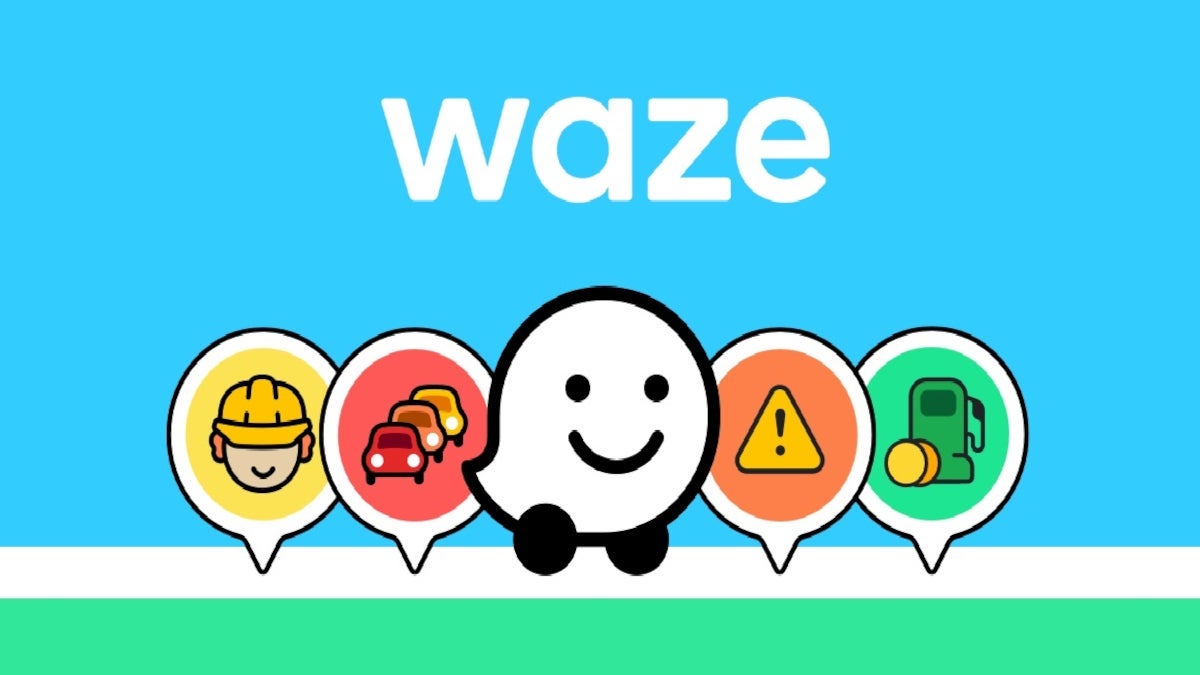







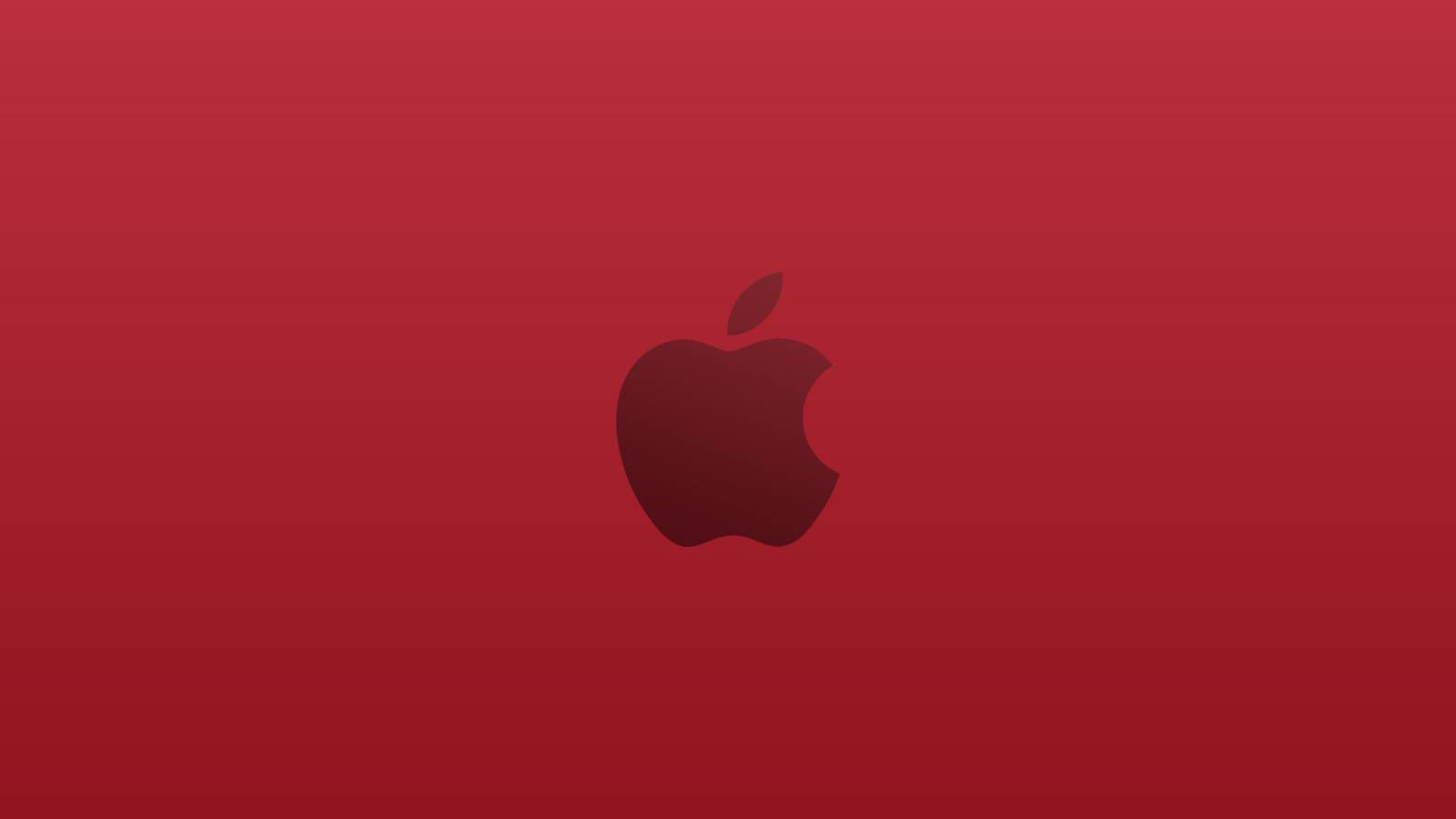




























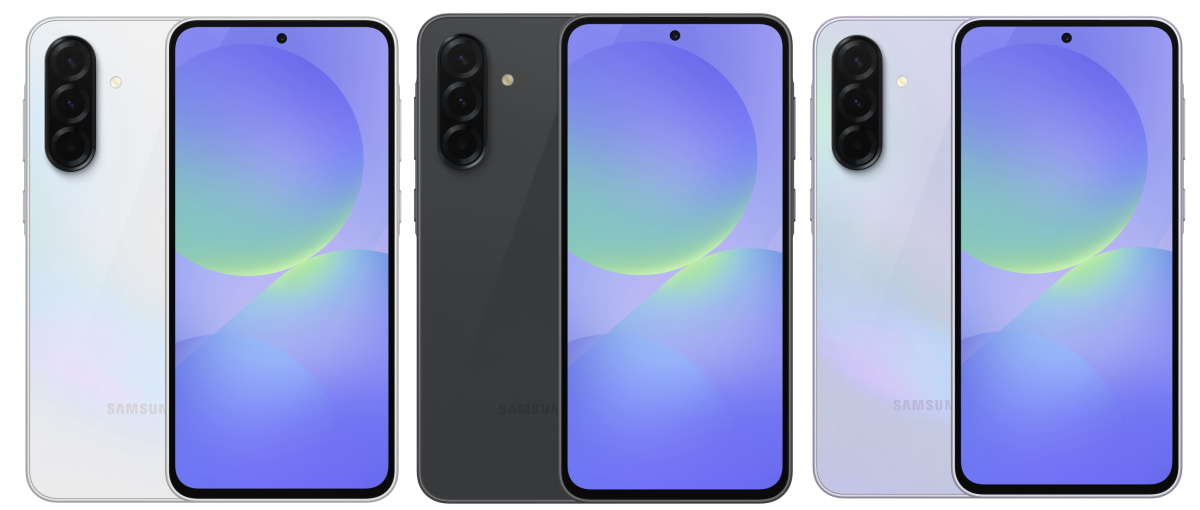










![Apple's M5 iPad Pro Enters Advanced Testing for 2025 Launch [Gurman]](https://www.iclarified.com/images/news/96865/96865/96865-640.jpg)
![M5 MacBook Pro Set for Late 2025, Major Redesign Waits Until 2026 [Gurman]](https://www.iclarified.com/images/news/96868/96868/96868-640.jpg)
![Apple to Revamp Health App with AI-Powered Doctor [Gurman]](https://www.iclarified.com/images/news/96870/96870/96870-640.jpg)
![Lowest Prices Ever: Apple Pencil Pro Just $79.99, USB-C Pencil Only $49.99 [Deal]](https://www.iclarified.com/images/news/96863/96863/96863-640.jpg)














![What Google Messages features are rolling out [March 2025]](https://i0.wp.com/9to5google.com/wp-content/uploads/sites/4/2023/12/google-messages-name-cover.png?resize=1200%2C628&quality=82&strip=all&ssl=1)






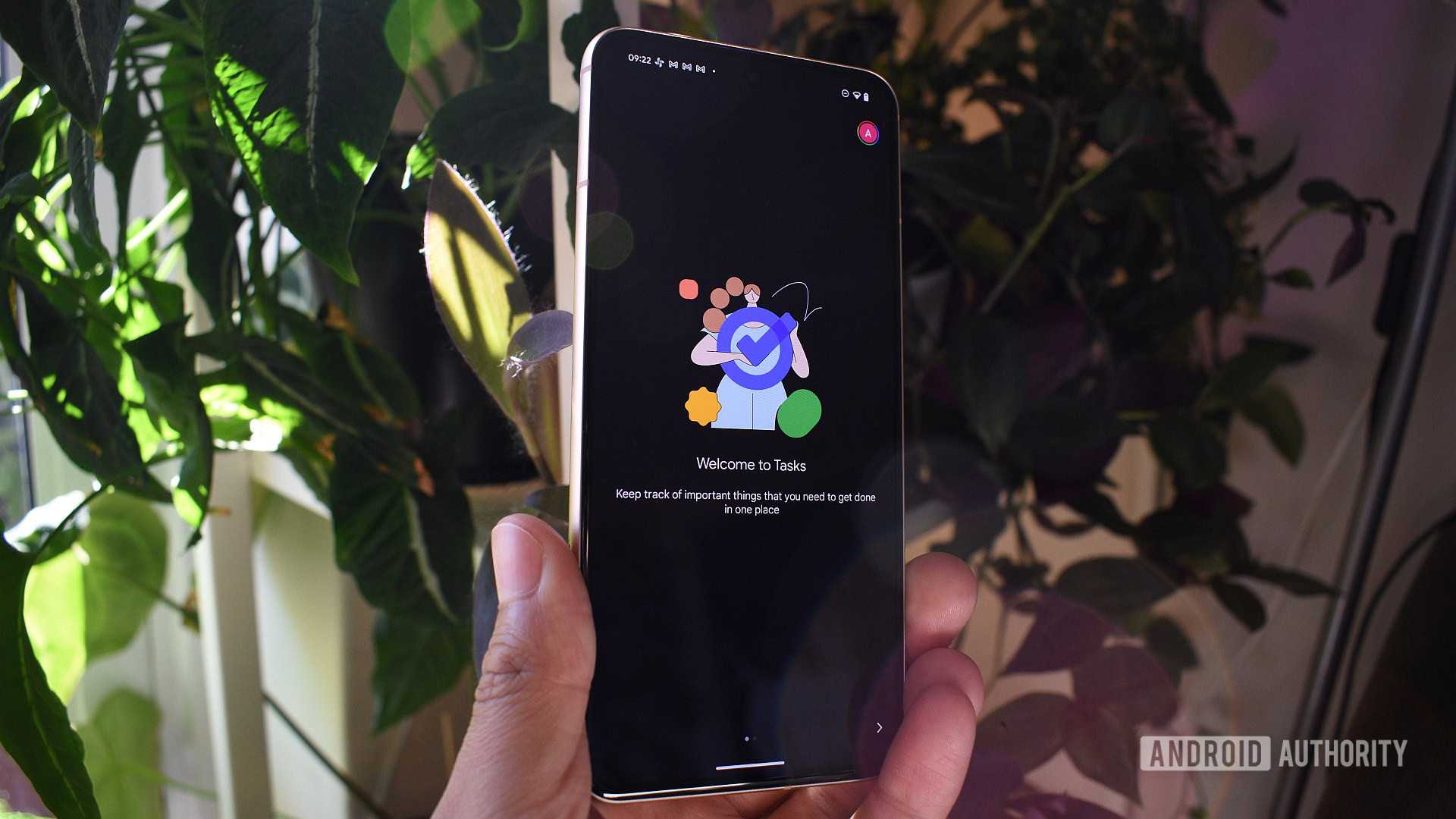
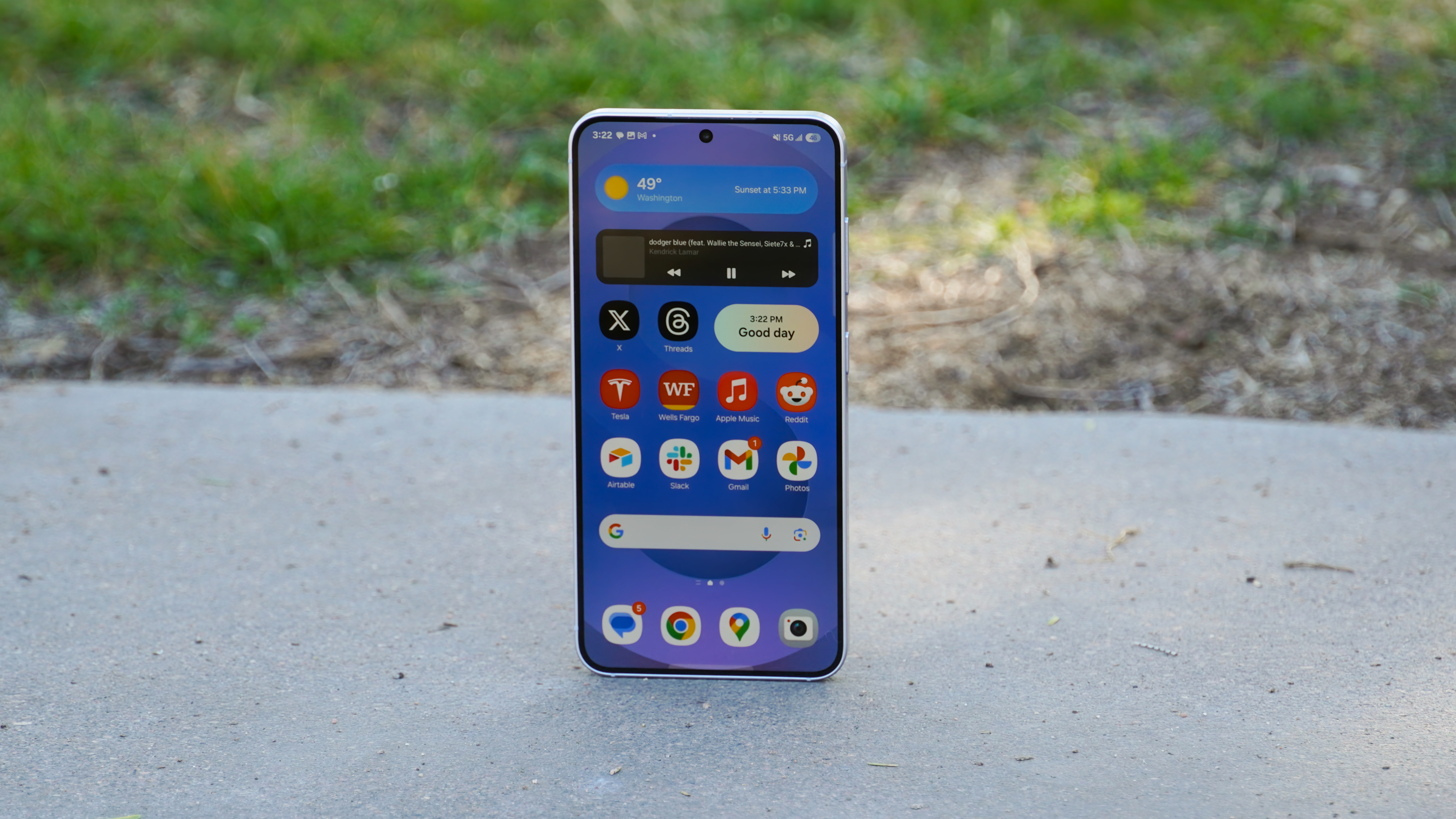


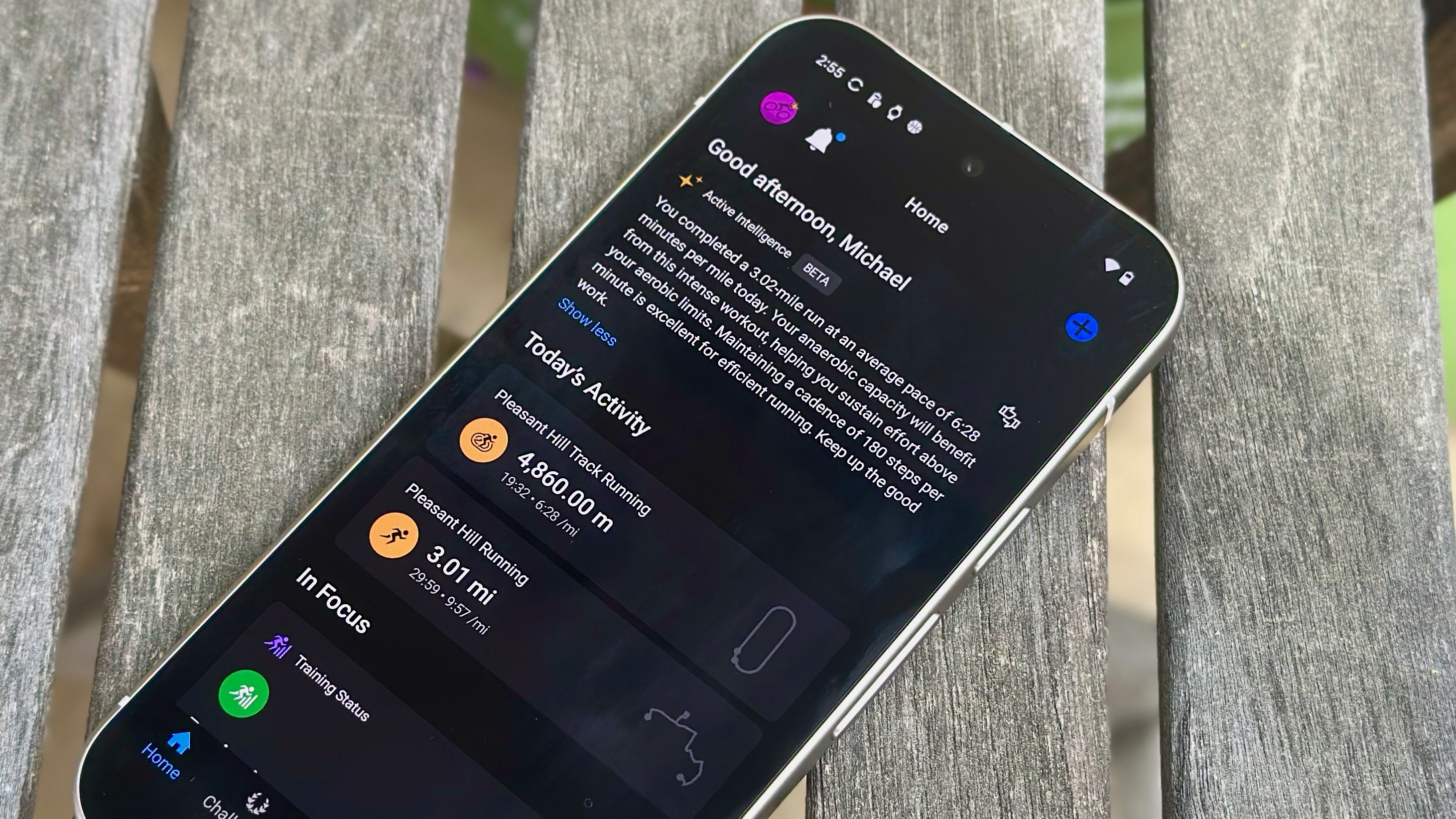


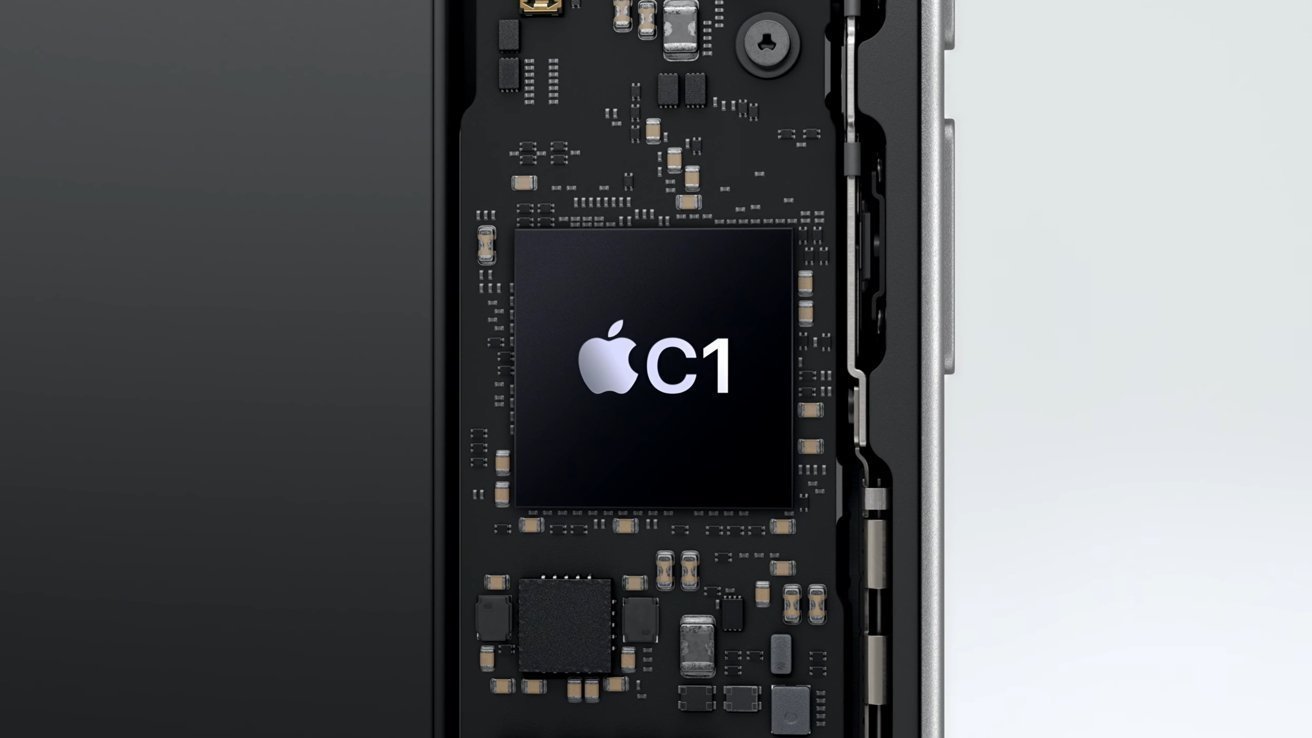





















































































































































![[The AI Show Episode 141]: Road to AGI (and Beyond) #1 — The AI Timeline is Accelerating](https://www.marketingaiinstitute.com/hubfs/ep%20141.1.png)
![[The AI Show Episode 140]: New AGI Warnings, OpenAI Suggests Government Policy, Sam Altman Teases Creative Writing Model, Claude Web Search & Apple’s AI Woes](https://www.marketingaiinstitute.com/hubfs/ep%20140%20cover.png)
![[The AI Show Episode 139]: The Government Knows AGI Is Coming, Superintelligence Strategy, OpenAI’s $20,000 Per Month Agents & Top 100 Gen AI Apps](https://www.marketingaiinstitute.com/hubfs/ep%20139%20cover-2.png)




























































































































![From broke musician to working dev. How college drop-out Ryan Furrer taught himself to code [Podcast #166]](https://cdn.hashnode.com/res/hashnode/image/upload/v1743189826063/2080cde4-6fc0-46fb-b98d-b3d59841e8c4.png?#)



![[FREE EBOOKS] The Ultimate Linux Shell Scripting Guide, Artificial Intelligence for Cybersecurity & Four More Best Selling Titles](https://www.javacodegeeks.com/wp-content/uploads/2012/12/jcg-logo.jpg)




























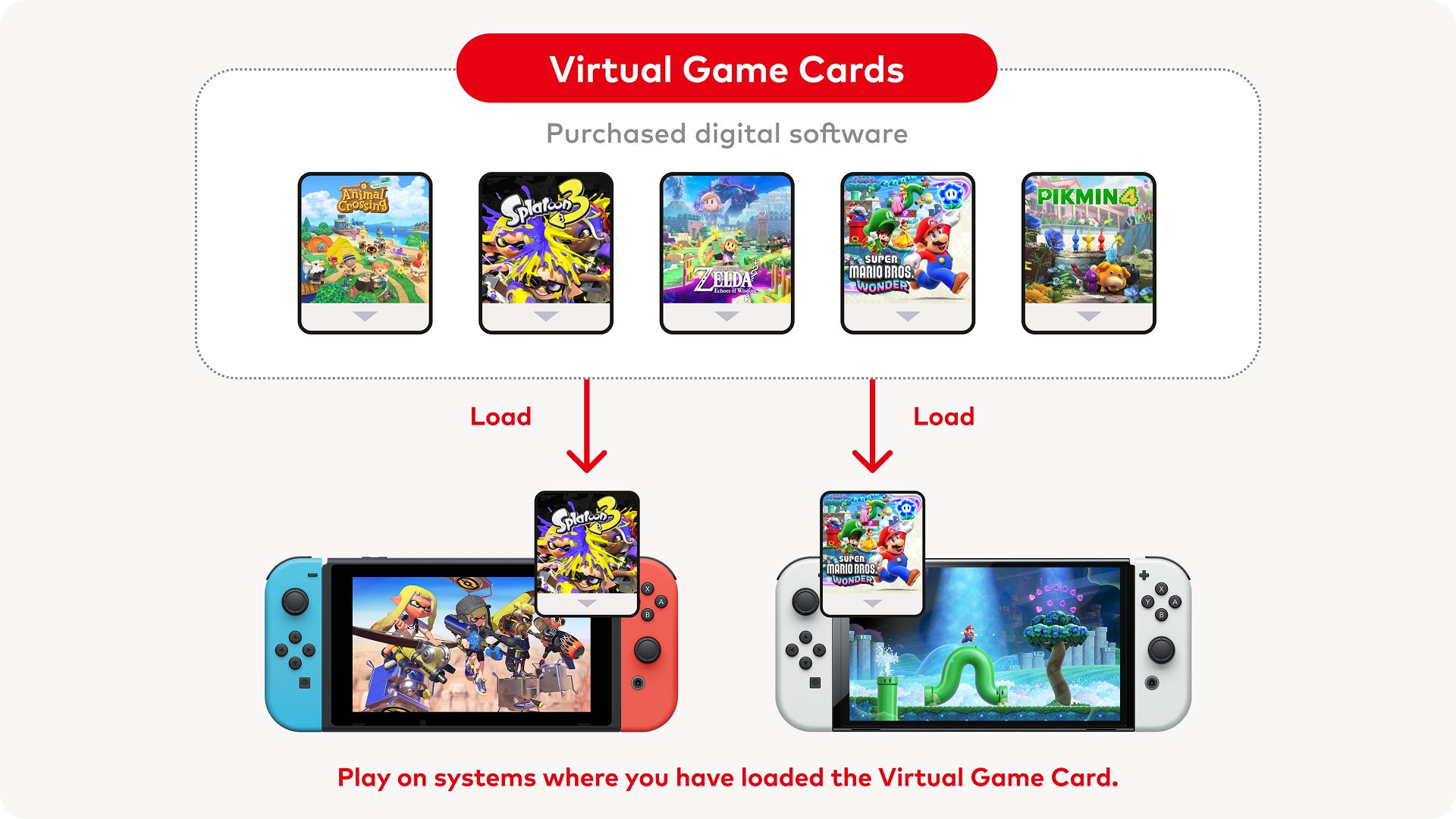






.png?#)















































